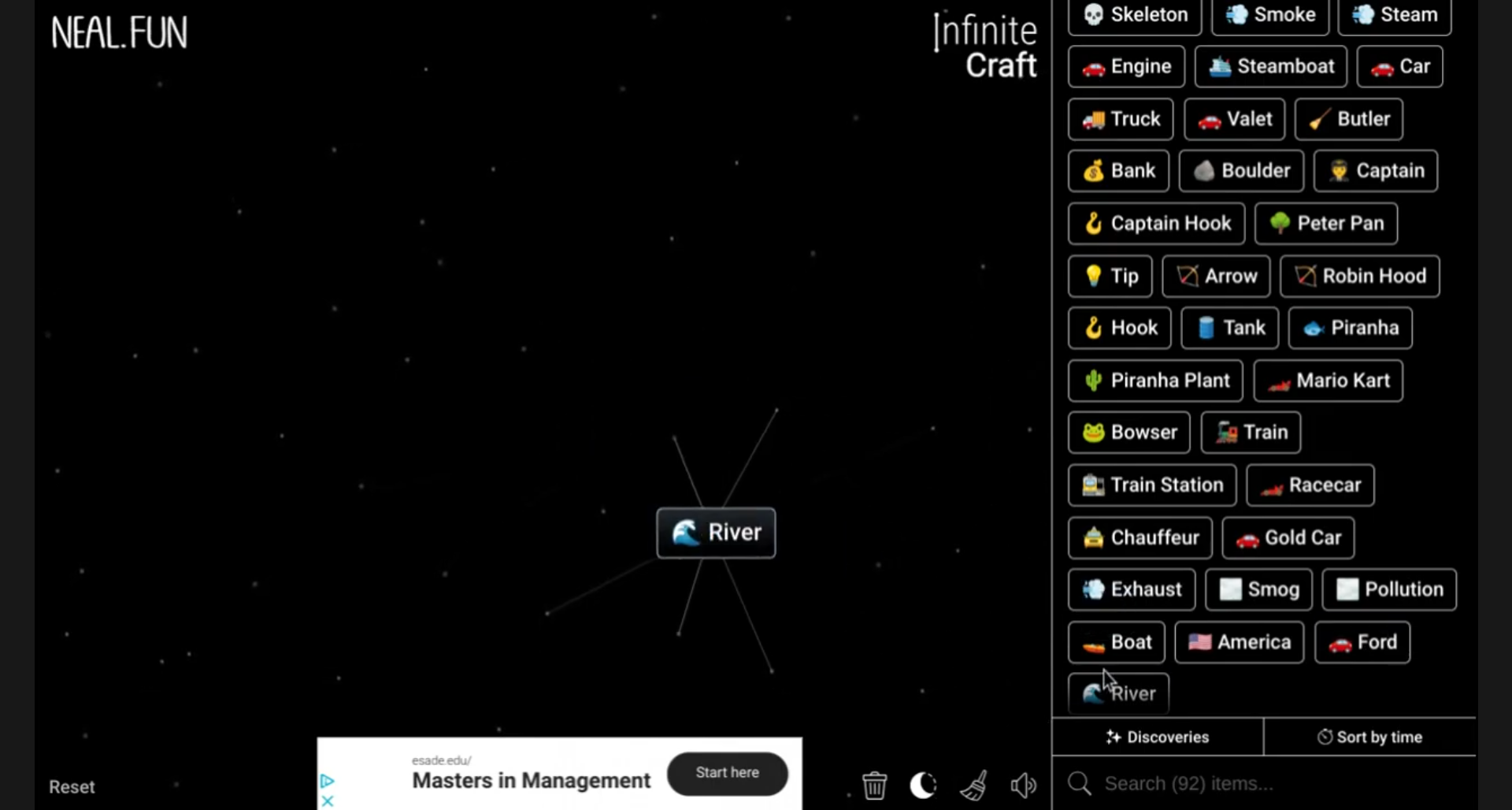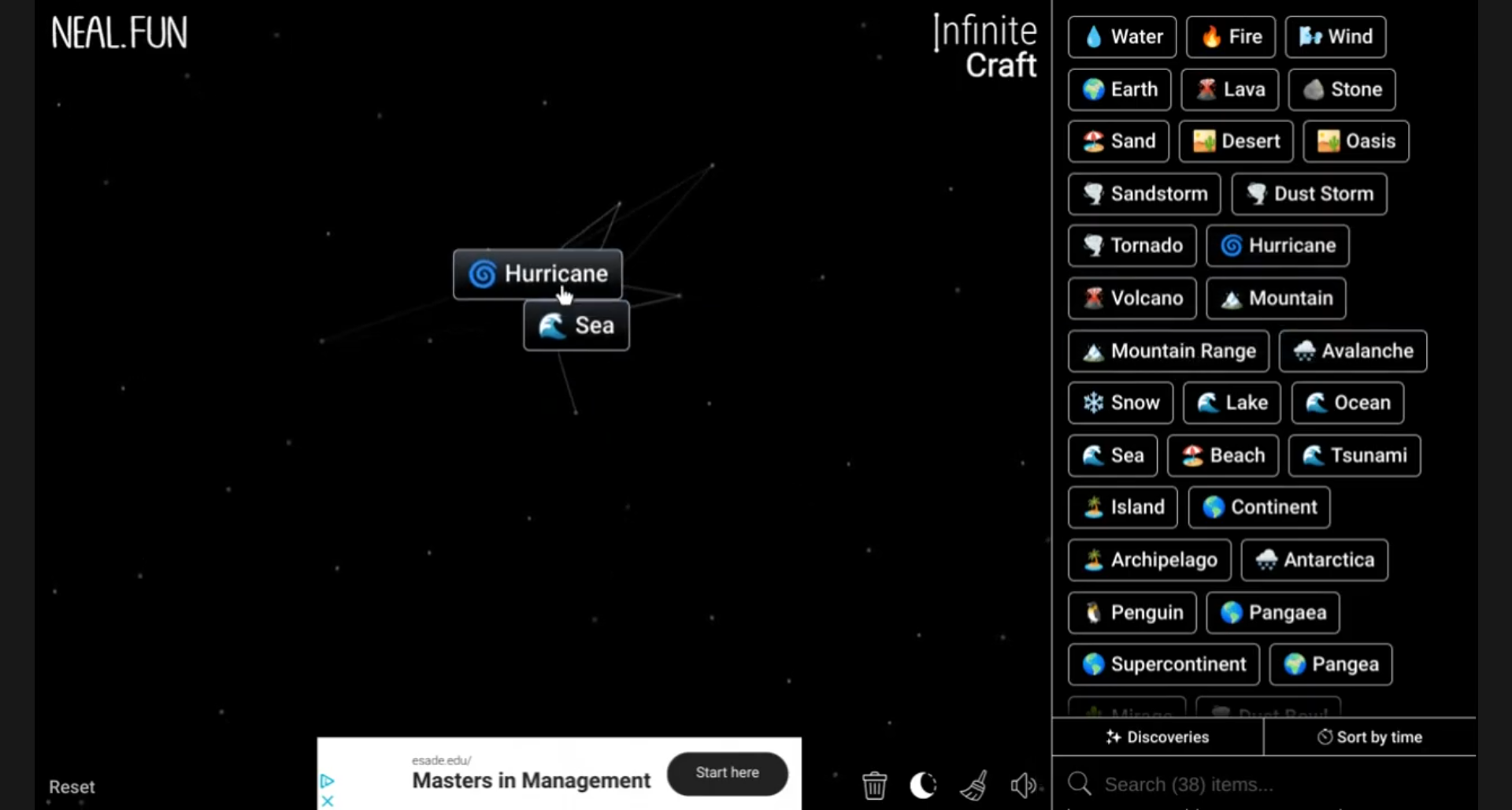Infinite Craft is not merely a sandbox game; it is a creative playground where imagination takes flight. Much like an artist with a blank canvas, players are encouraged to shape their worlds, forge their paths, and most importantly, tell compelling stories. In the realm of gaming, storytelling is crucial—it enhances gameplay, engages players emotionally, and fosters creativity and exploration. In this article, we will explore how to make a story in Infinite Craft, providing insights into every aspect of the storytelling process within this unique sandbox environment.
Understanding Infinite Craft’s Environment
Overview of Infinite Craft’s Features
Infinite Craft provides a plethora of features that empower players to unleash their creativity:
- Sandbox environment: Freedom to create without limits, allowing players to build, destroy, and reshape their worlds.
- Building mechanics: A robust set of tools to construct intricate structures, customized landscapes, and imaginative creations.
- Resource gathering: A dynamic system for collecting materials like wood, stone, and ores to enhance building capabilities.
- Multiplayer functionality: Engage with friends or strangers, fostering community collaboration and interaction.
Why Storytelling Matters
Storytelling elevates gameplay by:
- Enhancing the overall experience through immersive narratives.
- Engaging players emotionally, creating attachments to characters and quests.
- Encouraging exploration of the game world, as players dive into stories that unfold in diverse environments.
Elements of a Good Story
Key Components of Storytelling
To effectively create narratives within Infinite Craft, it’s crucial to understand the key components of storytelling:
- Characters: Develop main characters with rich backstories that allow for growth and relevance throughout the story.
- Setting: Choose locations that enhance the narrative, such as mysterious caves or sprawling cities.
- Plot: Structure your story with a clear beginning, middle, and end to ensure coherence and engagement.
- Conflict: Introduce challenges that the characters must overcome to drive the narrative forward.
Finding Inspiration for Your Story
Inspiration often lies in various sources:

- Personal experiences: Draw from your life, using emotions and situations to craft relatable narratives.
- Exploring themes: Focus on universal themes like friendship, adventure, and survival to resonate with players.
- Utilizing in-game lore and mechanics: Incorporate existing elements of Infinite Craft to add depth and context to your story.
Crafting Your Story in Infinite Craft
Planning Your Story
Before diving into creation, planning your story is essential:
- Brainstorming ideas: Allow your imagination to flow freely, jotting down all potential storylines.
- Creating an outline: Structure your thoughts into an organized format that charts the story’s progression.
- Deciding on point of view and tone: Choose whether the story will be narrated in the first-person or third-person perspective and determine the overall tone—lighthearted, dramatic, or mysterious.
Character Development
Creating relatable characters is key to engaging storytelling:
- Defining character traits and motivations: Characters need depth; consider their goals, flaws, and desires.
- Developing backstories: Compelling backstories can enrich the character’s role in the narrative, making their choices more impactful.
Designing the Setting
Choosing the right setting can elevate the narrative:
- Choosing biomes and areas in-game: Select biomes that align with your story, each providing its unique atmosphere.
- Building structures that enhance the story: Create landmarks or hidden treasures that tie into the plot.
- Using environmental storytelling: Incorporate elements such as ruins or signs to hint at a larger narrative without overt exposition.
Integrating Story Elements into Gameplay
Utilizing Quests and Missions
Story integration through quests and missions is vital:
- Designing quests that reflect the story: Ensure that the quests are closely tied to the narrative. A quest for a lost item could resonate with a character’s quest for redemption.
- Incorporating choices and consequences: Allow players’ decisions to impact the story, creating a living narrative that responds to their actions.
- Using NPCs: Non-player characters can serve many purposes, including providing background information and guiding players through their adventures.
Creating Interactive Story Experiences
Interaction enhances player involvement in story experiences:
- How players can interact with story elements: Encourage players to engage with the narrative through dialogues or exploration.
- Implementing puzzles and challenges: Integrate these seamlessly into the story, making them relevant to the plot.
- Encouraging player cooperation: Design challenges that require teamwork, creating a sense of community among players.
Enhancing Your Story with Visual and Audio Elements
Utilizing Building Tools
Visual storytelling can amplify narrative impact:
- Tips for creating visually appealing structures: Use design principles to craft landscapes that reflect the mood of the story.
- Using color and design to convey mood: Colors can evoke emotions, so choose palettes that mirror the story’s tone.
Adding Sound and Effects
Sound elements complete the immersive experience:
- Recommendations for background music: Select tracks that enhance the mood of the story, whether epic, mysterious, or cheerful.
- Using in-game sounds: Incorporate ambient sounds to enrich the atmosphere, such as weather effects or wildlife sounds.
Testing and Iterating Your Story
Playtesting Your Story
Gathering feedback is crucial to refining your narrative:
- Observing player reactions and interactions: Witness how players engage with your story; this is valuable information for future iterations.
Making Improvements
Feedback should translate into actionable steps:
- Adjusting the story based on feedback: Be open to changing aspects that didn’t resonate well.
- Refining gameplay mechanics: Ensure that mechanics support the story, making adjustments as needed.
Sharing Your Story with the Community
Platforms and Formats
Sharing your creations can inspire others:
- Where to publish or share: Consider posting on forums, social media, and dedicated Infinite Craft community pages.
- Engaging with the community: Interact with fellow players, gaining support and promotion for your story.
Inspiring Others

Your story could spark creativity in others:
- Encouraging others to create their own stories: Share tips and experiences to motivate others.
- Highlighting successful community stories: Showcase excellent examples from others to spur participation.
Conclusion
In summary, understanding how to make a story in Infinite Craft requires a blend of creativity, planning, and technical skills. By engaging deeply with the narrative process, players can create immersive experiences that captivate audiences. We encourage you to embark on your storytelling journey, drawing inspiration from your adventures and the vast world of Infinite Craft.
Additional Resources
- Guides and tutorials for Infinite Craft: Explore various online resources available to enhance your gameplay experience.
- Recommended reading on storytelling techniques: Books and articles focusing on narrative construction can further bolster your writing skills.
- Link to community forums and story showcases for creative inspiration.
| Key Elements | Description |
|---|---|
| Characters | Main figures in the narrative with development arcs. |
| Setting | Locations that shape the story’s context and mood. |
| Plot | The structured sequence of events within the story. |
| Conflict | Challenges the characters must face and overcome. |

FAQ
- What is Infinite Craft? – Infinite Craft is a sandbox game that allows players to build and explore imaginative worlds.
- Why is storytelling important in games? – It enhances the gameplay experience, engages players, and facilitates emotional connections.
- How can I develop characters in my Infinite Craft story? – Focus on their motivations, traits, and backstories to create depth.
- What types of quests should I create? – Design quests that reflect and advance your story’s plot and characters.
- How do I get feedback on my story? – Invite friends or share with the community for constructive criticism.
- Can I collaborate with others on my story? – Yes, multiplayer functionality allows for creative collaboration.
- What resources are best for storytelling techniques? – Look for books on narrative structure, as well as online forums and guides.
- How do I share my story with the community? – Utilize social media, game forums, and dedicated platforms for sharing your experience.
- Can I incorporate existing game lore into my story? – Absolutely! Integrating in-game lore can add richness and context to your narrative.
- What are some common themes in storytelling? – Common themes include friendship, adventure, conflict, and survival.